Generative AI
Generative AI is rapidly spreading to all areas of society, and although it is an advanced technology, it has become a part of our daily lives, creating new possibilities for our lives. Here we introduce the latest research being conducted by the University of Hyogo using AI technology.
Working to develop AI technology that can solve problems and help create a world where everyone can work
Masakazu Morimoto
Associate Professor, Graduate School of Engineering
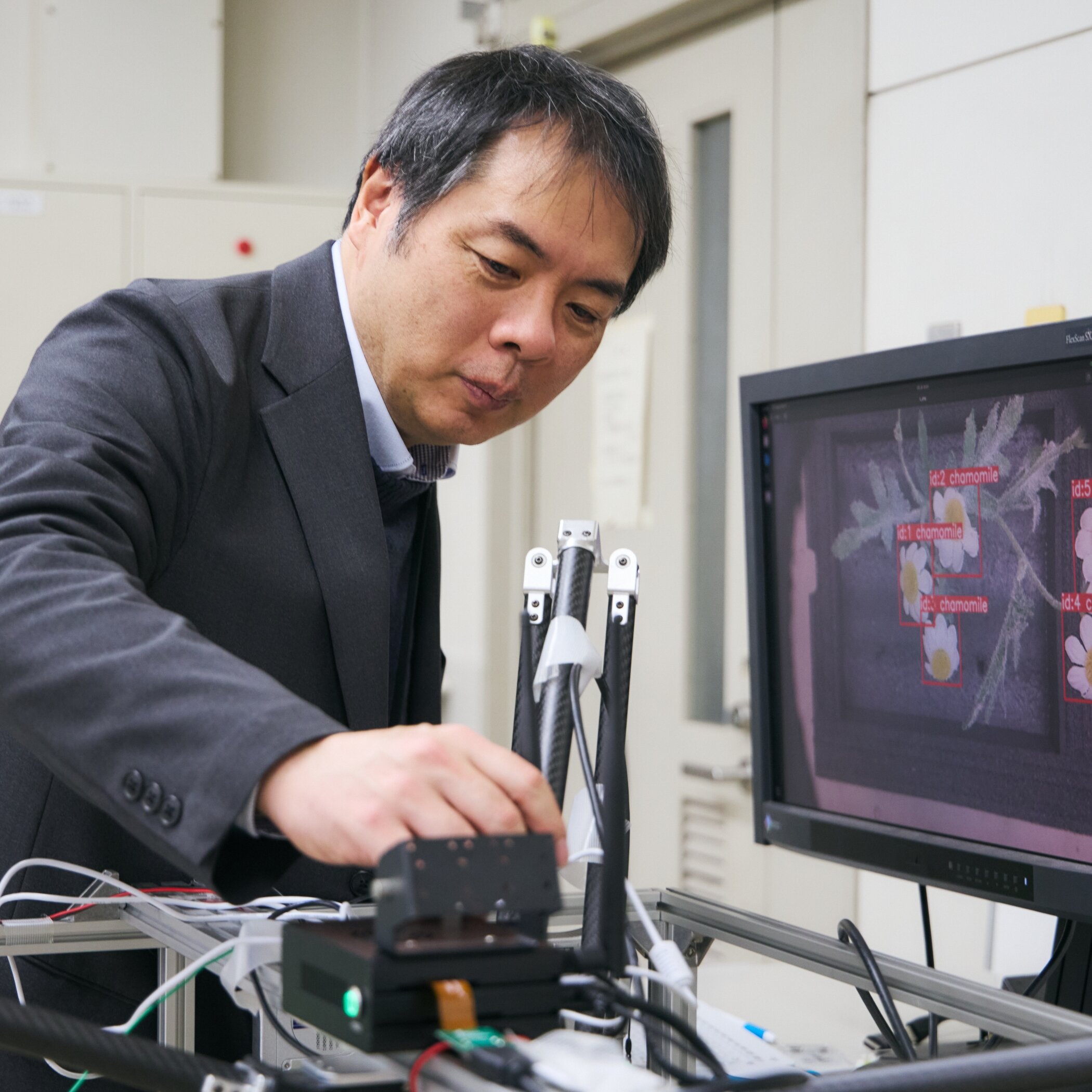
AI-based image recognition technology is already being used in a wide range of fields, including automatic zip code reading and facial recognition systems. Bakery Scan, an image recognition checkout system for bread that I developed about 10 years ago, is a similar technology. Bakery stores usually display baked goods without wrapping them individually to convey the flavor of fresh baking, and the checkout process requires visual identification of the items by the clerk. My system eliminated the need to remember products, allowing new clerks to work the cash register from their first day.
Some people say that generative AI in the workplace will take away human jobs, but my idea is to “create a world and an era in which anyone can work by using AI.” The goal is to improve work efficiency and solve labor shortages. Currently, research using AI-based image recognition is progressing in a wide range of fields, including industry, medicine, and agriculture, and practical applications are increasing. We receive requests not only from large companies, but also from small and medium-sized enterprises and local companies, and we conduct research aiming to help solve the serious problems they face in the field.
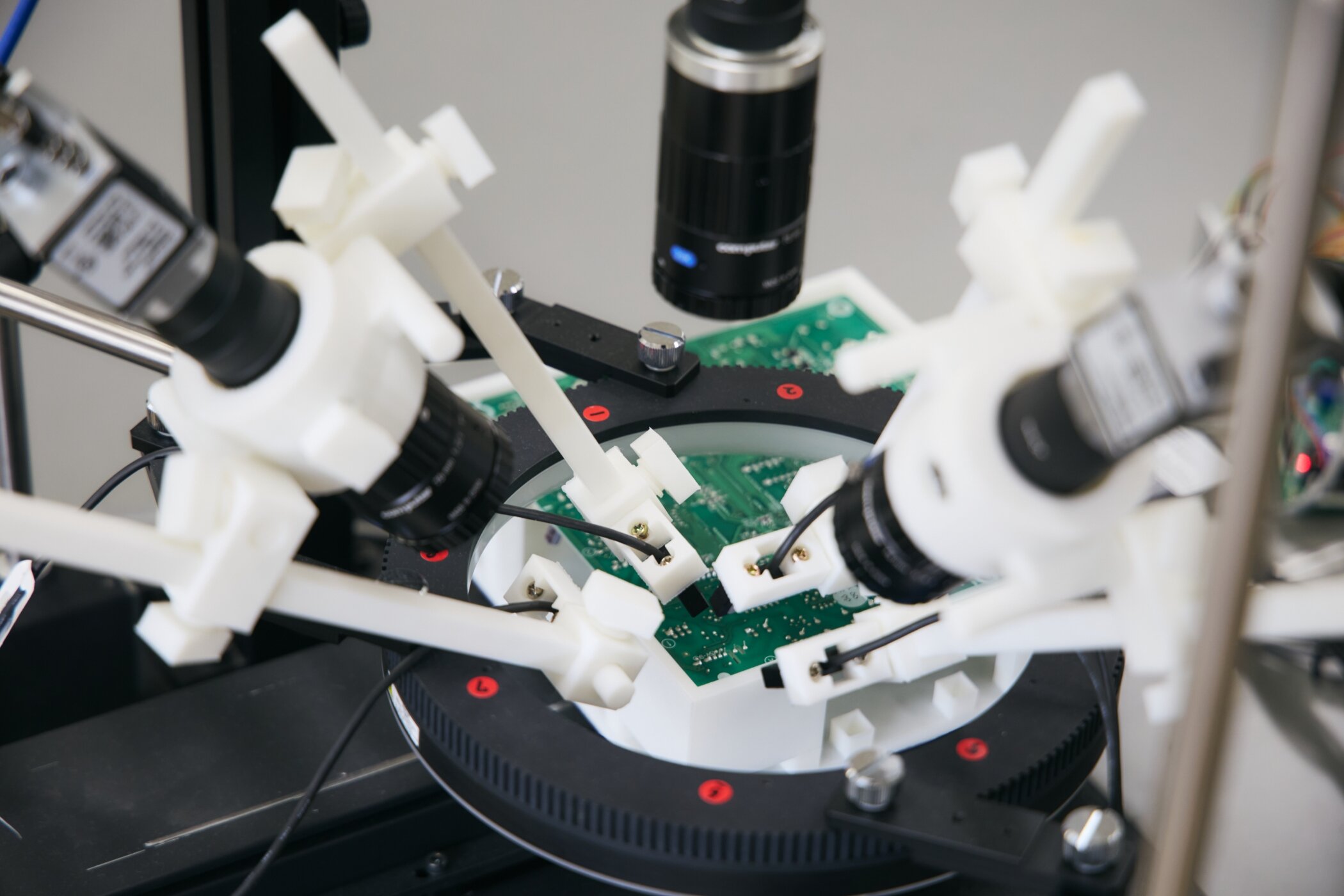
Of particular importance in research is learning preliminary data. For example, the recognition technology used in factories to check for defects requires data on faulty products as a standard, and in the medical field, the rarer the disease, the more difficult it is to collect data. This is where generative AI comes in: data on faults can be patterned to some extent, and if images of faults that do not actually exist can be generated by learning from these patterns, the accuracy of the system can be improved. In the future, we will live in a world where people and AI coexist, rather than leaving all the work to AI. Our goal is to develop systems for this purpose and make them available to everyone.
AI technology is advancing incredibly fast, and the results of research are likely to be implemented within a few years. Rather than giving up because something cannot be done now, I will continue my research with the aim of delivering what cannot be done now to the field as quickly as possible, offering the latest results to those in need.
Expanding AI Research
AI technology generates rap battles in the system
Currently 20% complete, with high expectations for growth
Hiroaki Ohshima
Associate Professor, Graduate School of Information Science
Mr. Ryota Mibayashi, a doctoral student, is managing the research theme of our laboratory, which involves developing a ”Rap Battle Dialogue System.” He spoke passionately during his master's entrance exam, surprising us with this unique theme.“
This research constitutes an application of natural language processing AI. Natural language processing AI can generate statistically likely words from a large amount of training data. Applying natural language processing AI to rap battles requires learning human thinking and techniques such as rhyming.
The system can currently perform “disses,” which are unique to rap. However, there are still research issues and room for growth. The completion rate is currently about 20%. When this research is completed, it will have an impact not only on rap generation but also on many other areas.
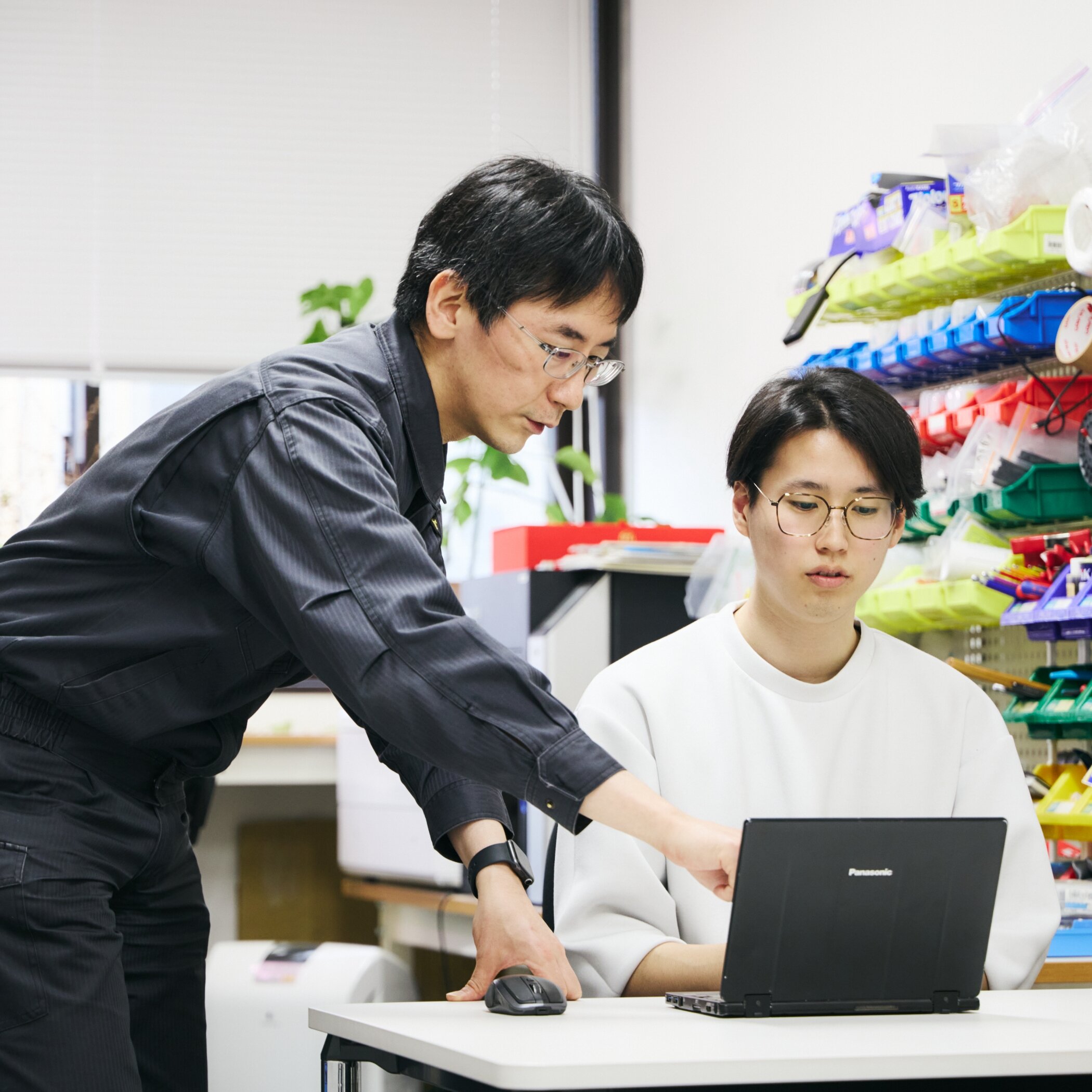
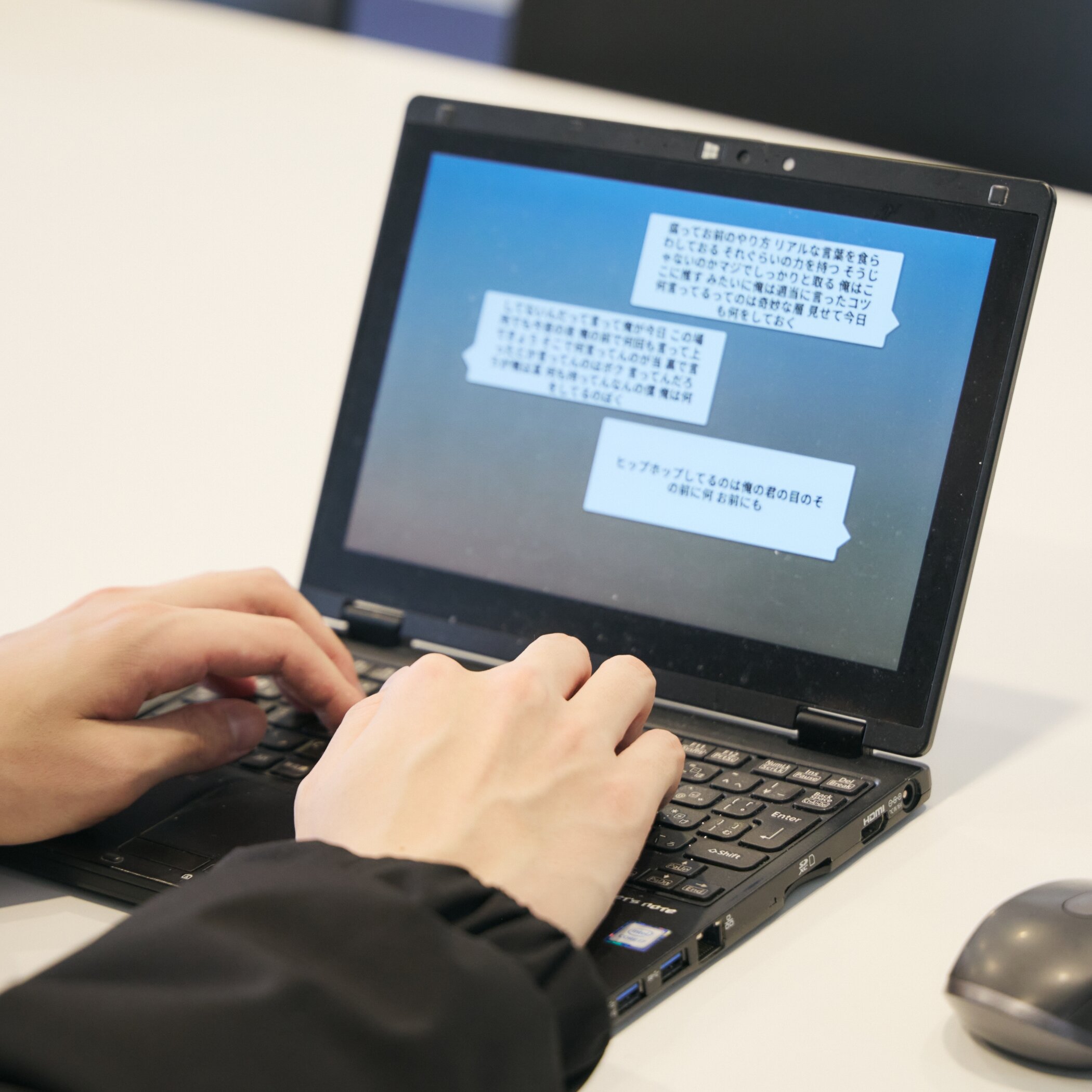
Changing the way big data is used, AI marketing that is finely tuned to each target
Nghiem Phu Binh
Associate Professor, School of Economics and Management
Specializing in marketing theory, my research focuses on the impact of generative AI on consumer behavior. When you are browsing social media, you may have seen ads with similar content appearing on your screen a few minutes later. This is because AI is selecting ads that seem to be of interest to you. By utilizing AI technology in this way, AI marketing can be tailored to each individual. Young people in particular are open to AI rather than averse to it. The possibilities for marketing applications will expand.
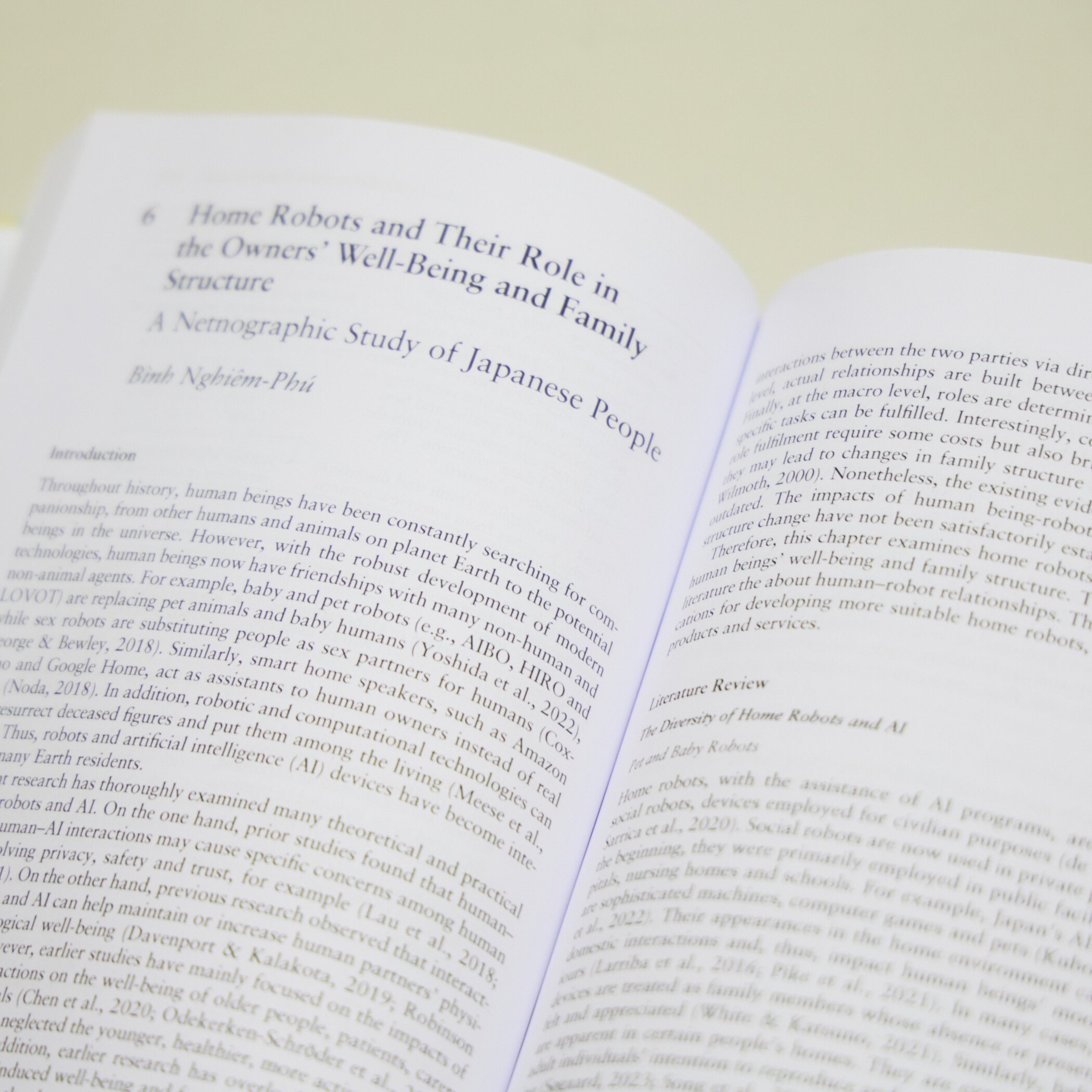
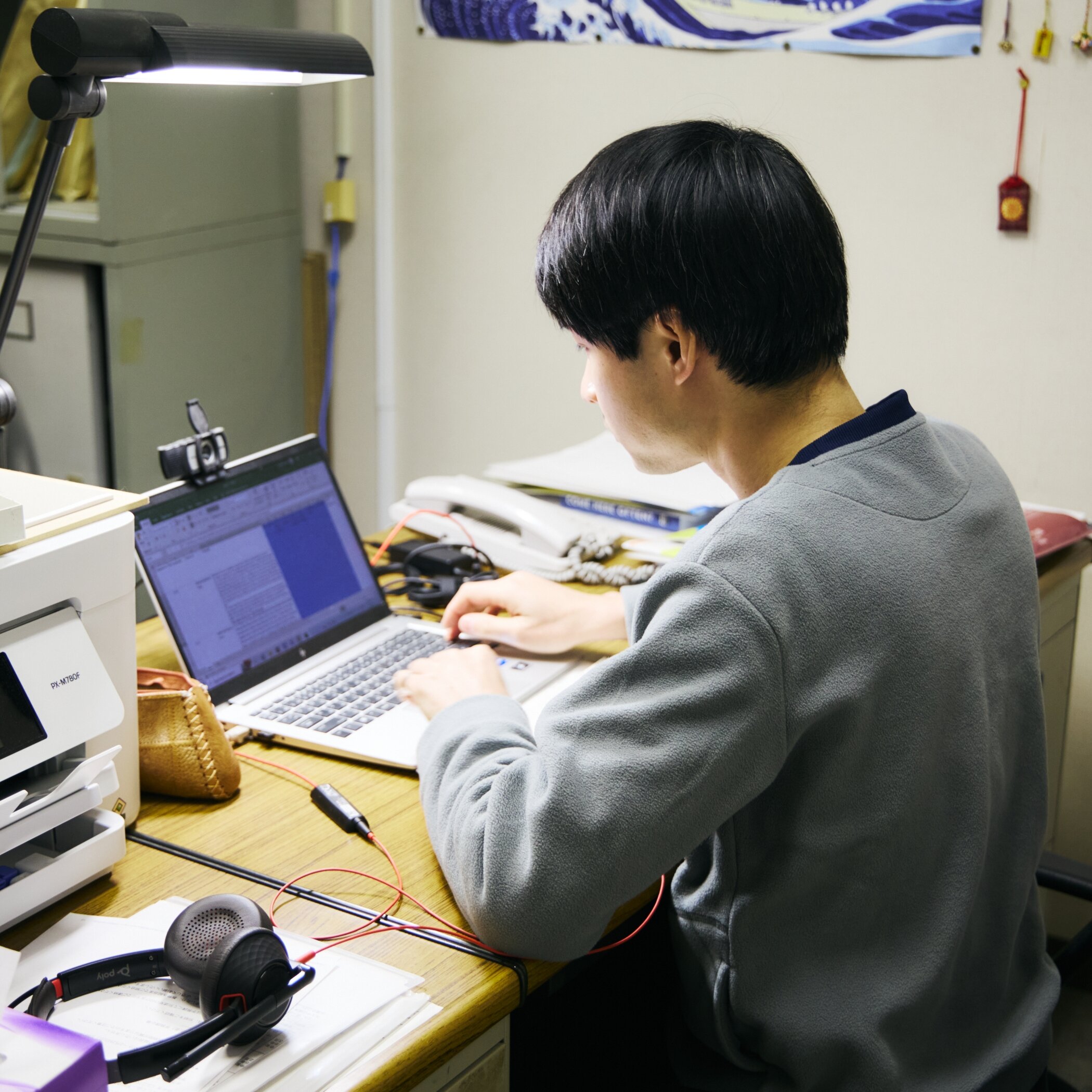
Focus on Person
AI-based diagnostic imaging technology is the key to saving pathologists in the field and, ultimately, their patients.
AI supports cell diagnosis, which used to be done by observation under a microscope, thus reducing the burden on pathologists. AI analyzes images in advance, and generates statistics of various characteristics of cancer cells that have been quantified. By presenting this information to physicians, accurate diagnoseis can be made quickly. In this way, the University of Hyogo has many collaborations and joint research projects with companies; our mission is to research technologies that are required in the actual field.
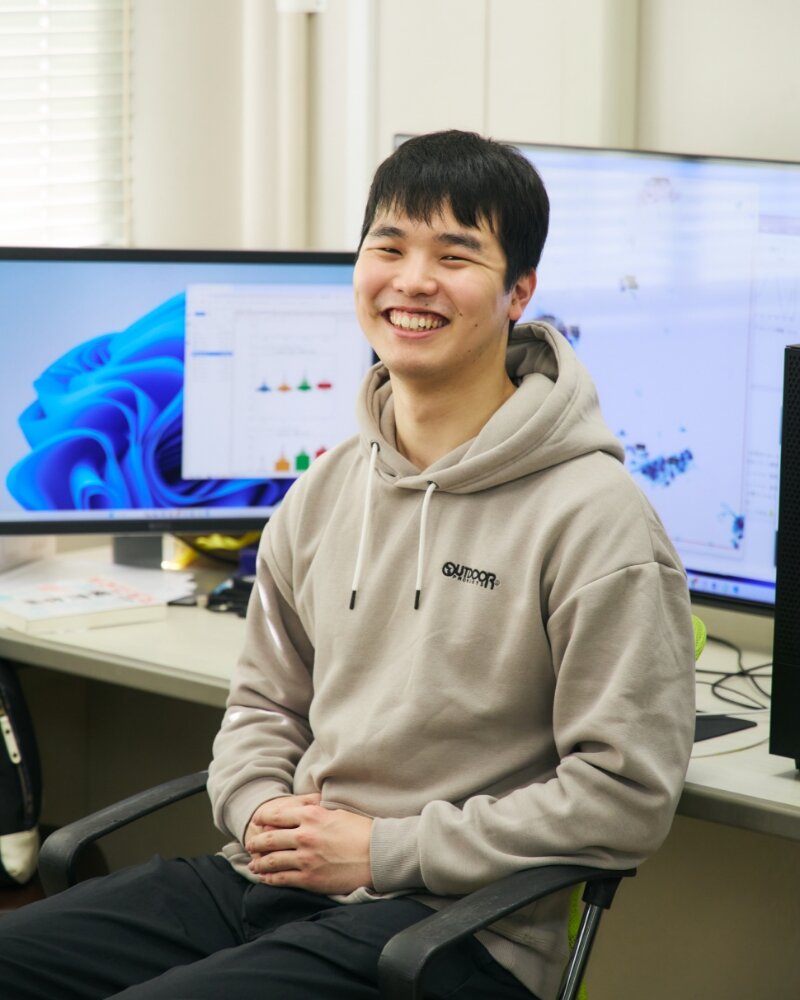
AI-based diagnostic imaging technology is the key to saving pathologists in the field and, ultimately, their patients.

Yuichi Imori
2nd year master's program student, Graduate School of Engineering
Generative model based on calligrapher’s work. The relationship between generative AI and the arts will expand.
Her research theme involves the automatic generation of characters by the calligrapher Etsuzan Tawara using generative AI. The AI learns various characters, including Etsuzan's, and can also generate characters that he had never written.
One of the purposes of this research is to expand the potential for AI utilization in the creative domain. In the future, artists will likely use generative AI as a tool.
When AI can generate artists' own work, how will they utilize it? They believe that co-creation between artists and AI will occur.
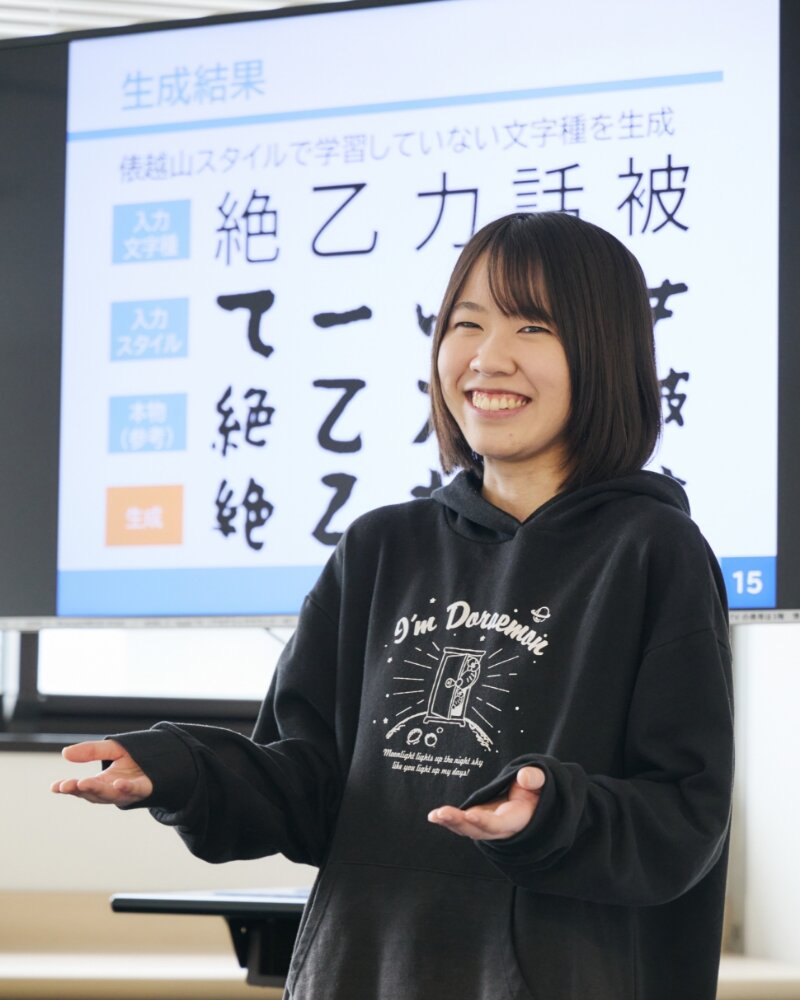
Generative model based on calligrapher’s work. The relationship between generative AI and the arts will expand.

Wakana Kuwata
1st year master's program student, Graduate School of Information Science